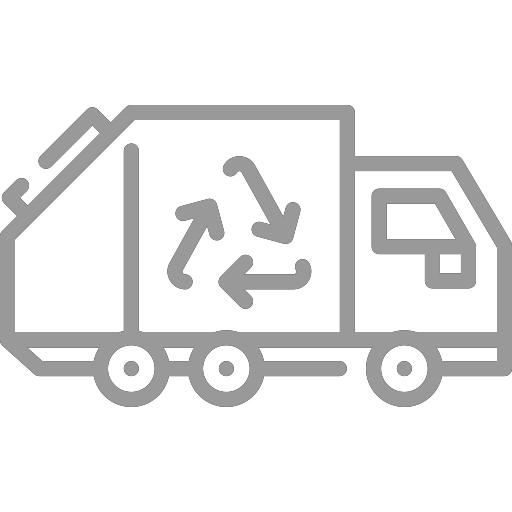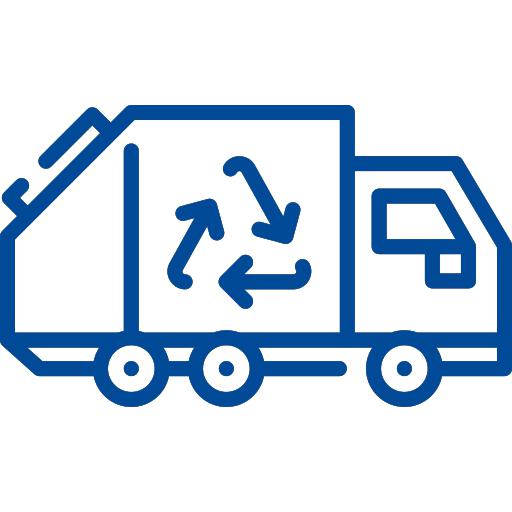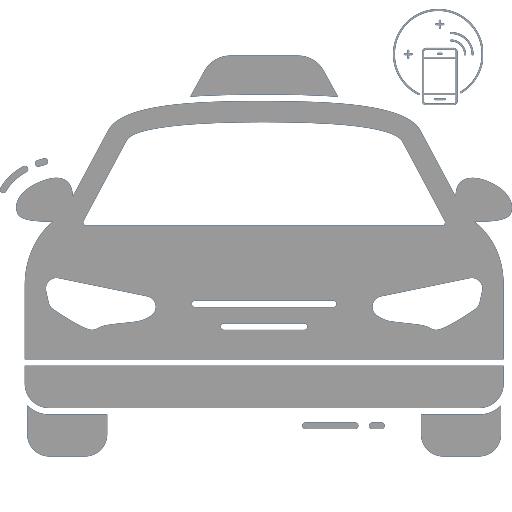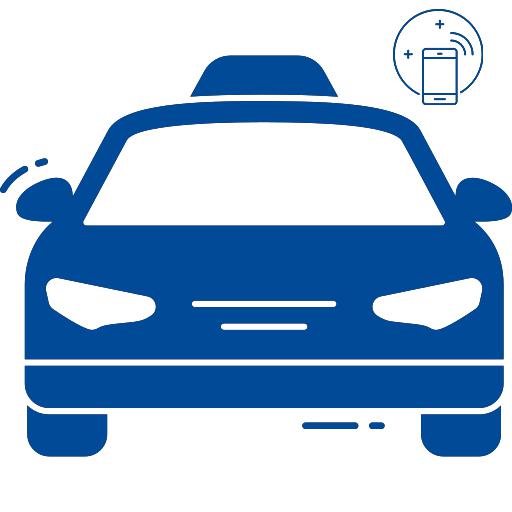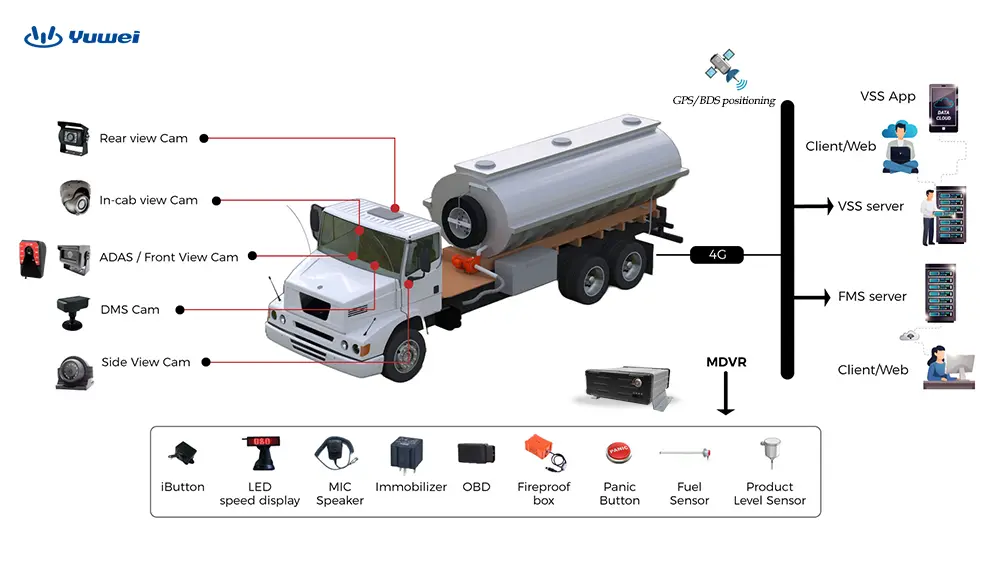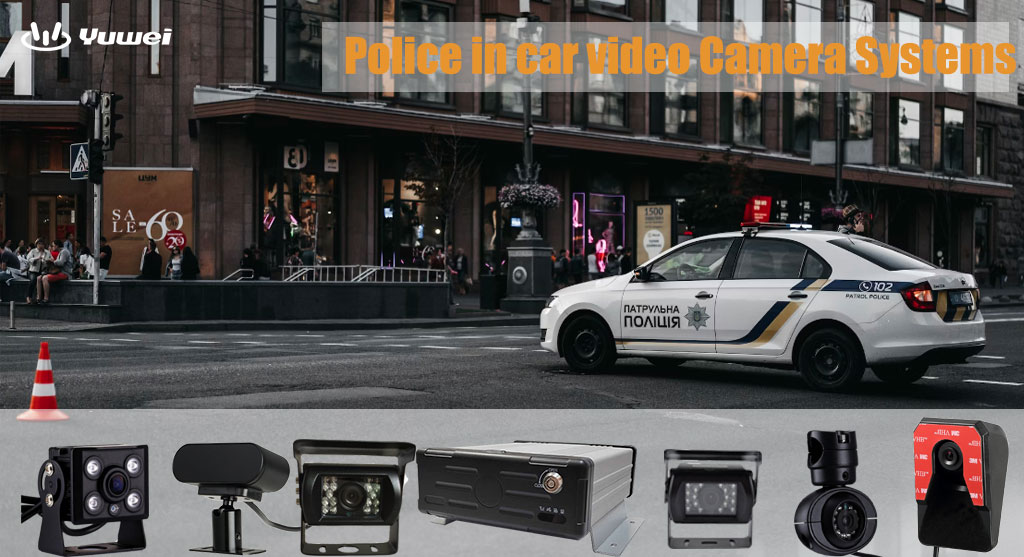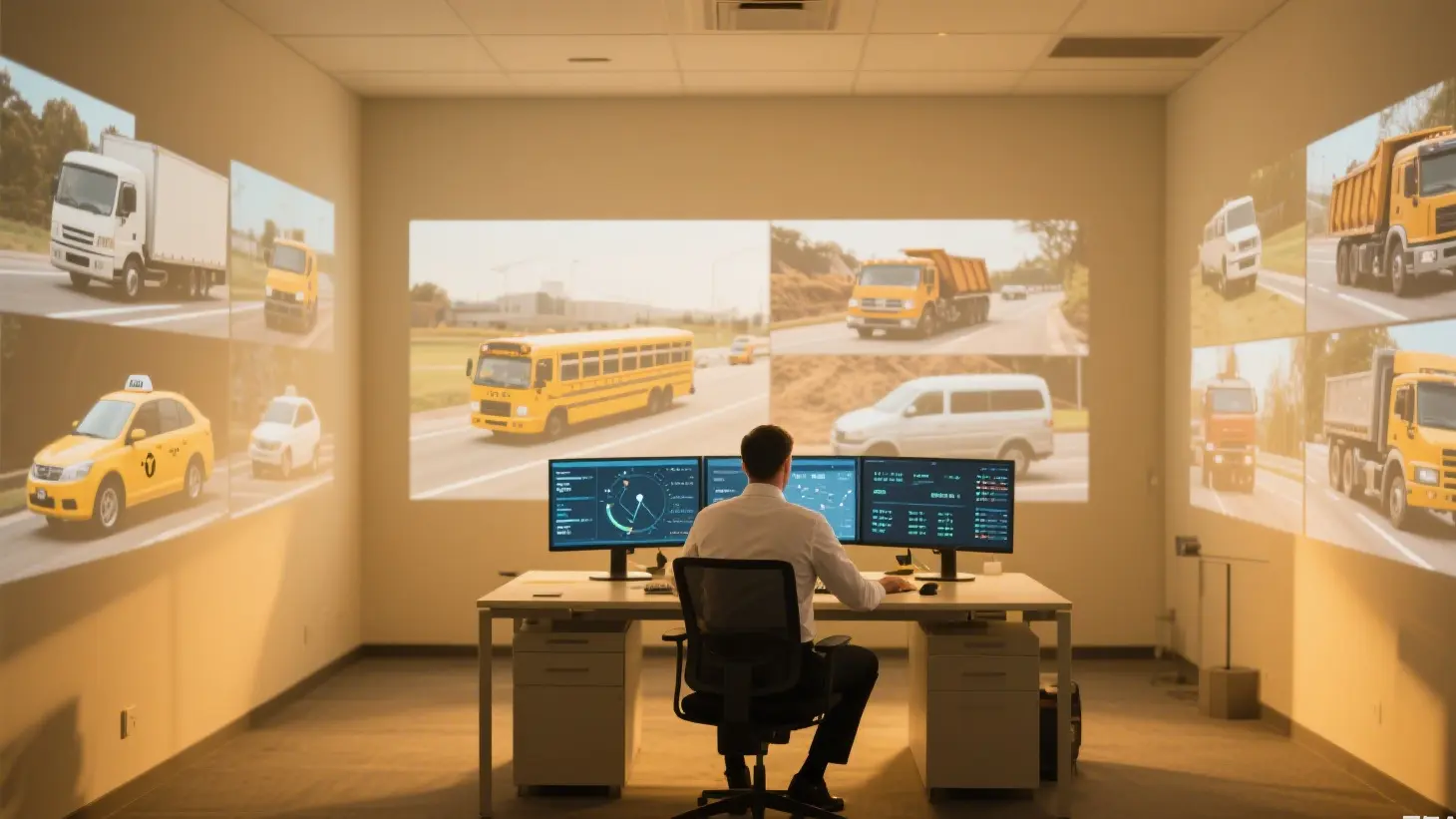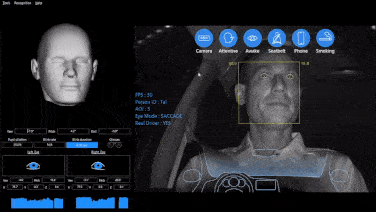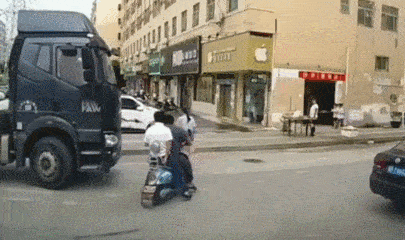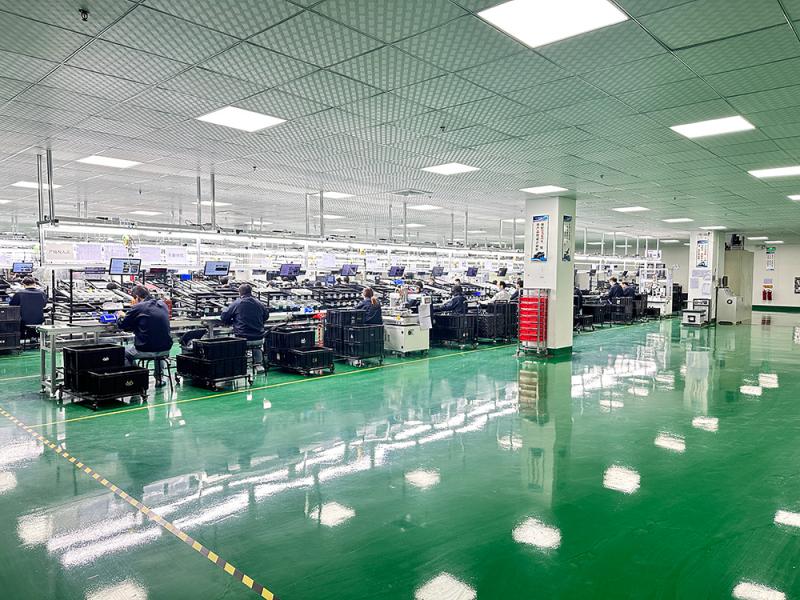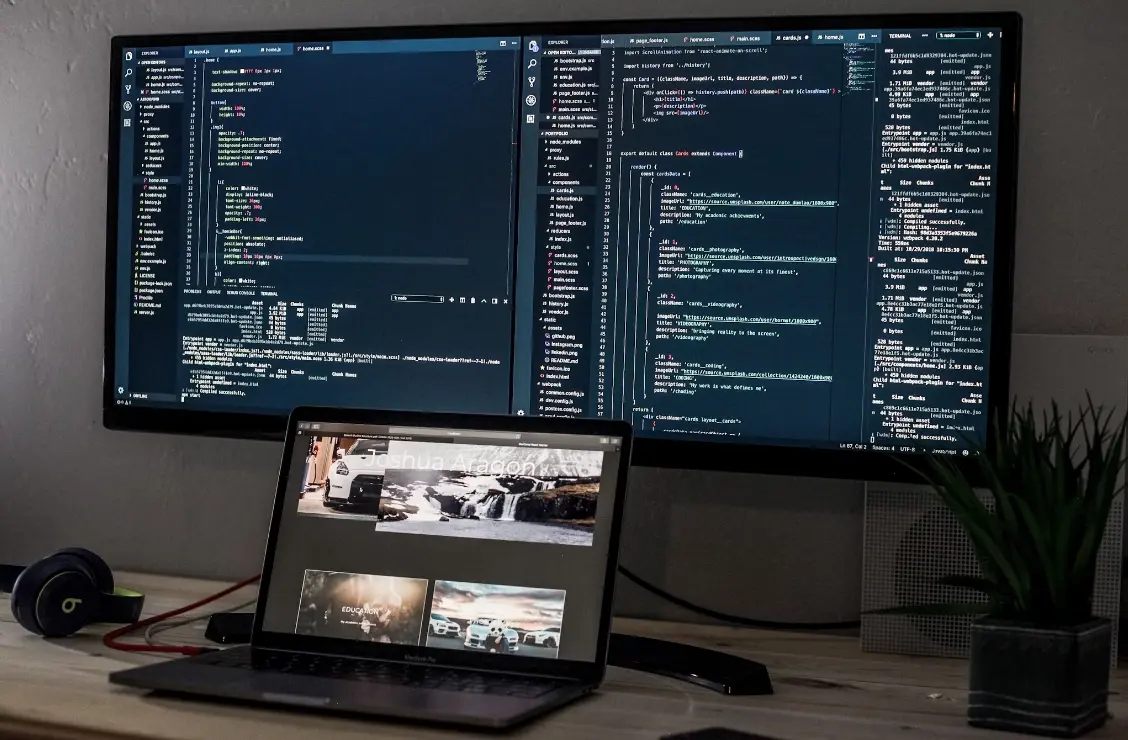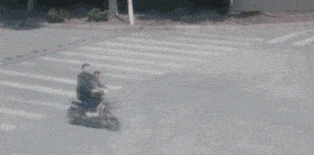Police Car Telematics Tracking System
Police Car Telematics System
Police cars are vehicles used by public security agencies, prisons, courts, and prosecutors' offices for emergency duties. However, several issues still exist in practice:
- Private Use of Official Vehicles: Some police officers misuse their positions to use police vehicles for personal purposes.
- Enforcement Conflicts: Officers sometimes face conflicts with the public, making it difficult to prove whether the law enforcement was conducted properly.
- Insufficient Evidence: In emergencies, police lack on-site evidence, allowing criminals to escape justice.
- Slow Response: Public security agencies fail to deploy sufficient manpower to the scene in time.
- Lack of Supervision: Supervisory departments fail to effectively monitor the use of police vehicles and the conduct of civil servants.
How to improve the image and efficiency of public security departments has always been a challenge for leaders at various levels of police administration.
As citizens' awareness of legal rights rises, society's demands for the efficiency and civility of police law enforcement have increased. The government has also paid more attention to the integrity and fairness of law enforcement agencies. As a result, there is an urgent need for a system that records law enforcement processes in real-time, monitors police vehicle operations, and ensures timely dispatch during emergencies.
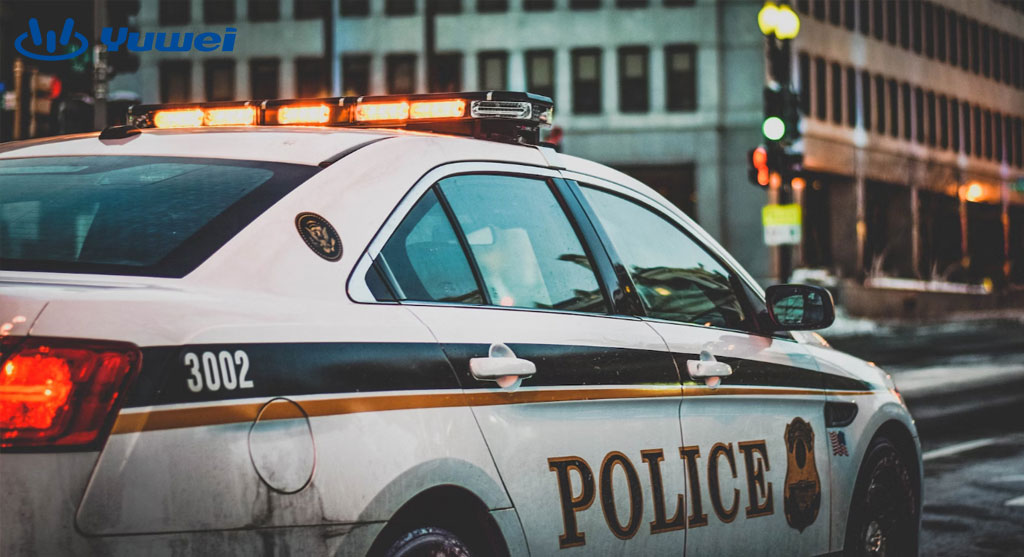
Police Car Telematics Requirements Analysis
With the acceleration of urbanization, social security issues have become more prominent. As administrators, are you concerned about the following issues?
- Improved Response Speed: By installing mobile monitoring systems and using GPS tracking to monitor police cars in real-time, the monitoring center can dispatch the nearest police car to the scene during an emergency, improving response speed. Remote viewing of the incident scene also enhances command efficiency.
- Deterrence of Crime: Once the in-car monitoring system is activated, the system automatically records and monitors in real time, putting psychological pressure on criminals and reducing their intent to commit crimes. This also provides evidence for later use.
- Protection of Police Rights: The in-car monitoring system can monitor both the interior and exterior of the vehicle, preventing accidental disputes or escape attempts, safeguarding officers' legal rights, and ensuring civilized law enforcement.
- Improved Driving Safety: By connecting to vehicle sensors, driving data is recorded and stored, functioning as a "black box" to ensure driving safety.
Components of the Police Car On-Board Monitoring System
The 3G/4G in-vehicle intelligent monitoring system launched by China YUWEI, which integrates the MDVR host, audio/video, GPS, and alarm data, meets the needs of police and law enforcement vehicles. The system supports remote upgrades, parameter modifications, intercom, snapshot, and other functions.
Managers can access a unified management system through backend software, generating accounts for vehicle management. They can also monitor and manage vehicles in real-time through a web client.
Police Car Telematics Solution
The 3G/4G in-vehicle intelligent monitoring system consists of the front-end in-vehicle monitoring, mobile communication network, and server monitoring center. The design focuses on advanced technology, practicality, scalability, and security to ensure efficient and stable operation.
A: Front-End In-Vehicle Monitoring System
The in-vehicle monitoring system is the core of the solution. It collects audio and video data from both inside and outside the vehicle, providing comprehensive surveillance. GPS real-time location tracking is also integrated, along with external alarm switches, optical alarm lights, digital intercoms, and other devices. Data is transmitted via the MDVR host to the server.
- Camera Installation Locations:
1. Front Camera: Provides a driving record function.
2. Driver’s Seat Camera (with audio): Monitors driving behavior.
3. Interior Camera (with audio): Monitors the interior and any transported materials.
4. Rear Camera: Monitors the rear environment.
5. Roof Camera (with PTZ): Monitors the patrol route.
B: Mobile Communication Network
Since the in-vehicle system operates in a dynamic environment, data is transmitted via 3G/4G networks. It also supports remote upgrades, parameter adjustments, remote intercom, and viewing of alarm information.
C: Server Monitoring Center
The server monitoring center consists of the IVMS server, backend management software, and client software. It can connect to a dedicated police network, enabling real-time monitoring, recording, snapshot, and other functions for multiple police cars. GIS electronic maps allow for rapid positioning of alarmed vehicles.
The monitoring center can also be equipped with digital intercoms for communication between police cars, an LED display to broadcast information, and a Wi-Fi automatic download feature to transfer video files to a designated server.
The 3G/4G in-vehicle intelligent monitoring system enhances police car response speed, increases law enforcement transparency, and protects the rights of both police officers and the public. This system provides public security agencies with efficient, secure monitoring and management, supporting the safeguarding of social security.

















